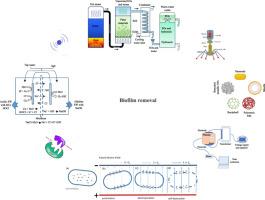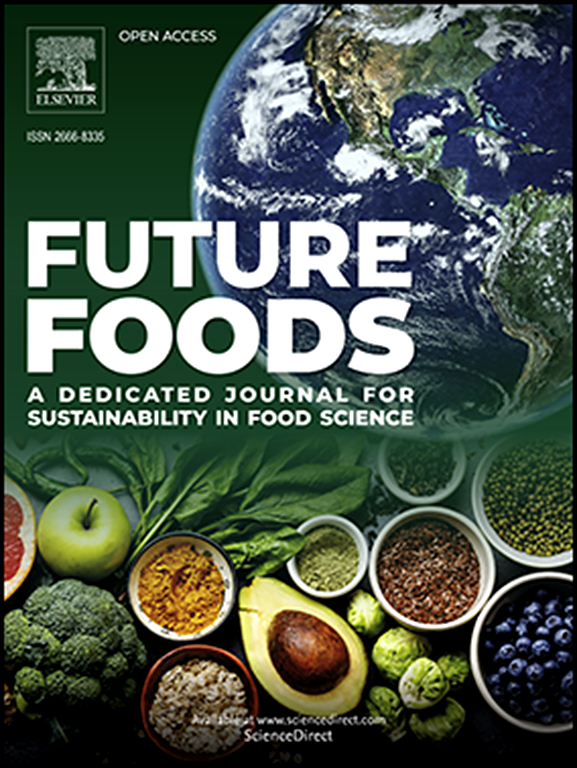Novel strategies to control the biofilm formation by Pseudomonas aeruginosa in the food industry
IF 7.2
Q1 FOOD SCIENCE & TECHNOLOGY
引用次数: 0
Abstract
Pseudomonas aeruginosa is a Gram-negative human pathogenic bacterium that has the ability to form multicellular biofilm (BF) communities. Due to the presence of extracellular polymeric substances, BF protects bacteria from unfavorable environmental conditions and causes their resistance to antimicrobial substances. The presence of BF in the food industry has become a great threat to food safety. Conventional disinfection technologies are inappropriate for effective BF control due to the resistances created to them and the toxic residues for humans and the environment that they leave behind. Therefore, it is necessary to understand more about the formation and development of BF and environmentally friendly methods to remove BF from food and equipment in contact with food. This review article describes BF formation, its resistance mechanisms to antimicrobial agents, and BF development. Also, novel and effective strategies involved in BF removal are discussed including physical methods (plasma, pulsed electric field and ultrasonication), physicochemical method (electrolyzed water), biological methods (enzymes and bacteriophages), natural compounds such as essential oils, and application of nanomaterials.

控制食品工业中铜绿假单胞菌生物膜形成的新策略
铜绿假单胞菌是一种革兰氏阴性人类致病细菌,具有形成多细胞生物膜(BF)群落的能力。由于存在胞外聚合物物质,生物膜可保护细菌免受不利环境条件的影响,并使细菌对抗菌物质产生抗药性。食品工业中存在的 BF 已对食品安全构成巨大威胁。传统的消毒技术无法有效控制 BF,因为它们会产生抗药性,并对人类和环境造成有毒残留。因此,有必要进一步了解 BF 的形成和发展,以及从食品和与食品接触的设备中去除 BF 的环境友好型方法。这篇综述文章介绍了 BF 的形成、其对抗菌剂的抗性机制以及 BF 的发展。此外,文章还讨论了去除 BF 的新型有效策略,包括物理方法(等离子体、脉冲电场和超声波)、物理化学方法(电解水)、生物方法(酶和噬菌体)、天然化合物(如精油)以及纳米材料的应用。
本文章由计算机程序翻译,如有差异,请以英文原文为准。
求助全文
约1分钟内获得全文
求助全文
来源期刊

Future Foods
Agricultural and Biological Sciences-Food Science
CiteScore
8.60
自引率
0.00%
发文量
97
审稿时长
15 weeks
期刊介绍:
Future Foods is a specialized journal that is dedicated to tackling the challenges posed by climate change and the need for sustainability in the realm of food production. The journal recognizes the imperative to transform current food manufacturing and consumption practices to meet the dietary needs of a burgeoning global population while simultaneously curbing environmental degradation.
The mission of Future Foods is to disseminate research that aligns with the goal of fostering the development of innovative technologies and alternative food sources to establish more sustainable food systems. The journal is committed to publishing high-quality, peer-reviewed articles that contribute to the advancement of sustainable food practices.
Abstracting and indexing:
Scopus
Directory of Open Access Journals (DOAJ)
Emerging Sources Citation Index (ESCI)
SCImago Journal Rank (SJR)
SNIP
 求助内容:
求助内容: 应助结果提醒方式:
应助结果提醒方式:


